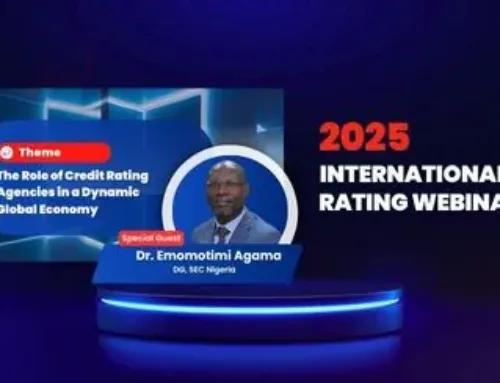
At first glance, Guyana appears to be an economic success story. Fueled by the rapid development of offshore oil fields, this small South American country recorded astonishing GDP growth—over 30% in a single year. According to the International Monetary Fund (IMF), Guyana topped global growth charts in 2023, outpacing its regional peers and many advanced economies.
With GDP per capita now exceeding that of Panama and Chile and more than doubling the average for Latin America and the Caribbean, Guyana seems to be thriving. Yet, despite this impressive growth, the country’s credit rating has not seen a similar boost. Why? Because high GDP does not always translate to strong creditworthiness.
GDP vs. Credit Ratings: Two Different Measures
GDP captures the size and output of an economy, while credit ratings assess a country’s ability and willingness to meet its debt obligations. Credit rating agencies look beyond raw economic growth, focusing instead on the sustainability, diversity, and institutional strength behind that growth.
In Guyana’s case, the current economic boom is overwhelmingly concentrated in one sector: Petroleum. This sector has rapidly increased national income, but it also brings risks. Heavy dependence on a single, highly volatile commodity exposes the economy to price swings, production shocks, and geopolitical uncertainties. This kind of structural vulnerability is a red flag for credit rating agencies.
A Narrow Growth Base
Beyond oil and gold, Guyana’s economic base is relatively undiversified. Such concentration heightens exposure to external shocks and limits resilience. Credit rating agencies generally favour economies with a broader production base, capable of weathering downturns in any one sector.
Institutions Still Catching Up
Guyana has taken steps to manage its new wealth, including the creation of a Natural Resource Fund (NRF). However, concerns persist about the fund’s transparency, oversight, and long-term governance. International observers, including the IMF, have emphasised the importance of sound fiscal management to avoid overheating and ensure sustainable development.
Countries with strong credit ratings typically have well-established fiscal frameworks, long-term planning capabilities, and credible institutions—traits that take time to build. For Guyana, these systems are still evolving.
The Broader Credit Picture
Despite a relatively moderate debt-to-GDP ratio, creditworthiness involves more than headline numbers. Rating agencies also consider fiscal predictability, political stability, legal institutions, and public sector transparency. These are all areas where Guyana is still in the process of proving its reliability.
The Road Ahead
Guyana’s growth is real and remarkable. But credit ratings are not assigned based on economic headlines; they are determined by the quality and sustainability of that growth. To earn a stronger credit rating, Guyana must demonstrate it can convert its resource windfall into long-term fiscal strength, institutional maturity, and a diversified economy.
Conclusively, it is not just about how much wealth a country has but how well it manages that wealth. For Guyana, the real test lies ahead.








Leave A Comment